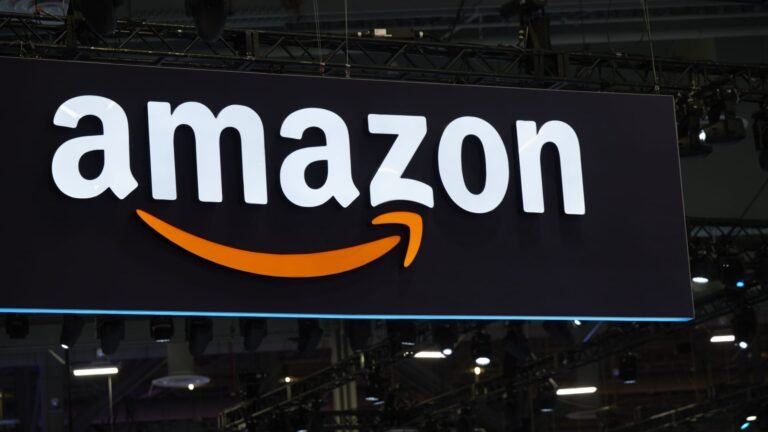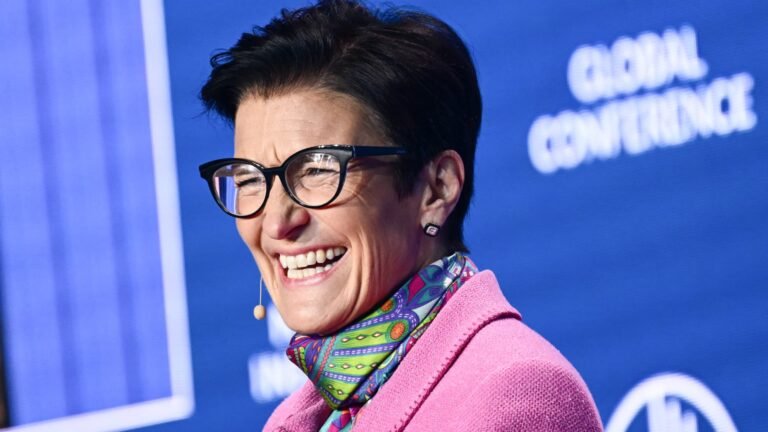
Consumers experienced a slight uptick in inflation in November, driven by price increases in categories like groceries, gasoline, and new cars, which offset a slowdown in areas such as shelter during the month.
According to the Bureau of Labor Statistics, the consumer price index, a crucial measure of inflation, increased by 2.7% last month compared to November 2023. This rate was higher than the 2.6% recorded in October.
Mark Zandi, chief economist at Moody’s, noted that he does not see an acceleration in inflation but believes it remains persistently strong. He mentioned that there isn’t a clear cause for concern pinpointed as the issue seems to be widespread and slightly elevated across various sectors.
Despite this, economists find reasons for optimism. Zandi highlighted that positive economic trends supporting inflation, such as moderating wage growth in the labor market, offer some comfort to consumers.
Joe Seydl, a senior markets economist at J.P. Morgan Private Bank, expressed a similar sentiment, suggesting that although there are signs of an inflation resurgence, they still believe the overall trajectory is towards disinflation.
Inflation has significantly decreased from its peak of 9.1% in June 2022 during the pandemic. The U.S. Federal Reserve targets a long-term inflation rate around 2%, using the personal consumption expenditures price index (PCE) as its inflation gauge.
Rick Rieder, head of BlackRock’s global allocation investment team, mentioned that while progress has been made, inflation may persist at current levels for some time.
While overall price pressures have eased in the U.S. economy, certain sectors have faced challenges. For instance, grocery inflation notably increased from 0.1% in October to 0.5% in November, with egg prices rising by about 8% in a month and 38% over the year.
Transportation, health care, and shelter have been identified as problematic areas. Vehicle prices and airfare, significant components of transportation, have experienced recent inflationary periods, which are expected to be short-lived.
In the health-care sector, labor costs are a key driver of inflation. Despite a general easing of wage growth in other sectors, the health-care industry’s labor shortage has kept prices relatively strong.
Housing, the largest component of the CPI, continues to contribute to overall inflation. Shelter accounted for 40% of the monthly CPI increase, although it has decreased notably. Rent and owners’ equivalent rent saw their smallest one-month increases in a while, indicating some stabilization in the housing market.




